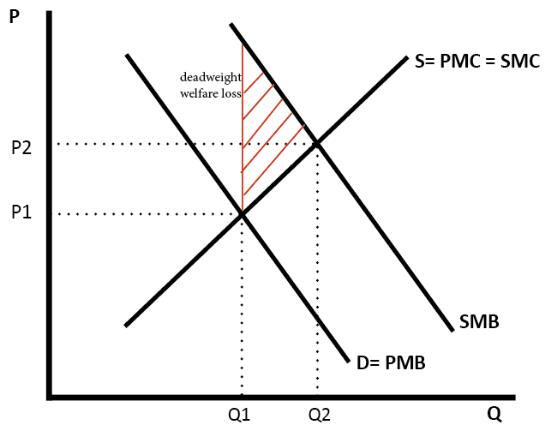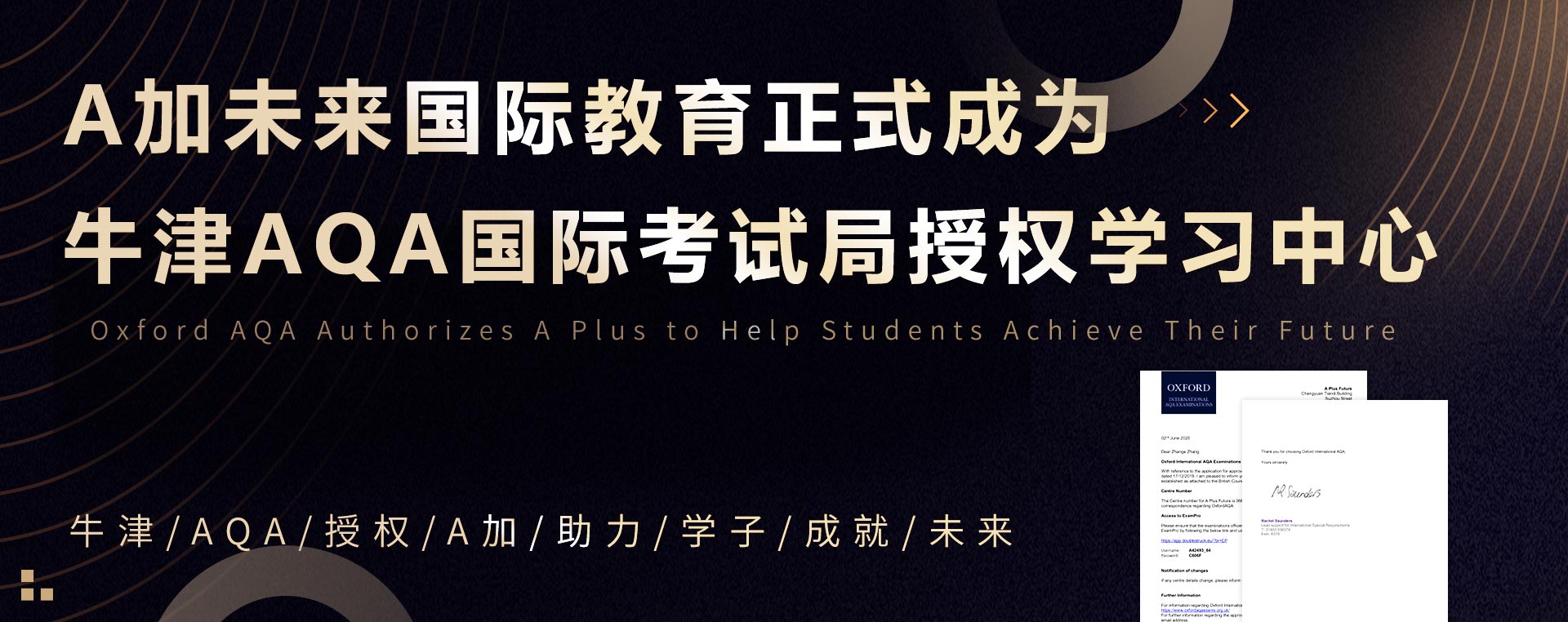IGCSE经济知识点——外部性(externality)概念分析
在IGCSE经济学学习中,知识点以及概念的掌握是我们学习和备考中的基础。下面A+国际教育小编就带大家了解一个重要的IGCSE经济考点——外部性(externality)。外部性(externality)是我们学习市场失灵时讲到的一个重要的概念,很多学生都觉得这一概念很陌生或者很难理解,所以本篇文章主要会对外部性的概念和表现进行讲解。

IGCSE经济考点
1.外部性的概念(Externality)
Externality is the impact of one person's actions on the well-being of a bystander.
外部性又称为溢出效应,指一个人或一群人的行动和决策使另一个人或一群人受损或受益的情况。经济外部性是经济主体(包括厂商或个人)的经济活动对他人和社会造成的有利或不利的影响。
2.外部性分类
外部效应分为正外部性(positive externality)和负外部性(negative externality)。正外部性是某个经济行为个体的活动使他人或社会受益,而受益者无须花费代价;负外部性是某个经济行为个体的活动使他人或社会受损,而造成外部不经济的人却没有为此承担成本。
3.外部性分析:成本和收益(Costs and Benefits)
经济主体的经济行为往往会产生很多的成本和收益,我们在分析外部性的时候会用的方法是成本-收益分析法。成本和收益主要分为三类:
私人成本和私人收益(Private Costs and Private Benefits)
There are experienced by the people who are directly involved in the decision to take a particular action.)
私人成本与收益是指那些直接参与经济活动的主体付出的成本与获得的收益。
外部成本和外部收益(External Costs and External Benefits)
These are a consequence of externalities that arise from a particular action.They fall on third parties instead of those responsible for the action.
外部成本与收益是指经济主体的行为给其他人带来的成本与收益。
社会成本和社会收益(Social Costs and Social Benefits)
These are the total costs and benefits to society as a result of a particular action.By definition,they consist of private costs and benefits and any external costs and benefits that arise.
社会成本与收益是私人与外部成本与收益的加总,即:
社会成本=私人成本+外部成本/MSC=MPC+MEC
社会效益=私人利益+外部效益/MSB=MPB+MEB
 喜欢 [0]
喜欢 [0] 相关推荐

- EPQ不同专业识别揭秘:攻克申请大门的关键!
知识点 2024-04-23

- 解读IGCSE:帮助孩子成功进入名校的关键步骤!
知识点 2024-04-23

- IGCSE在英国大学申请中的重要性
知识点 2024-04-23

- IGCSE商务研究考什么?
知识点 2021-02-18










